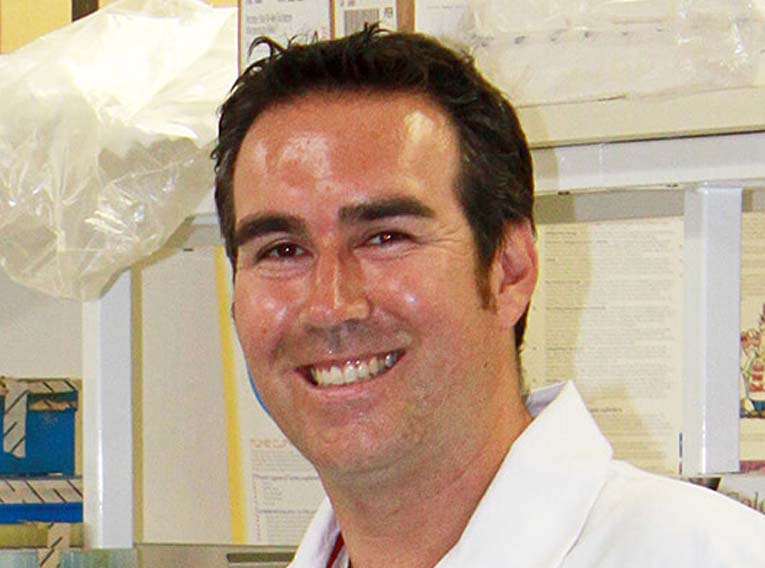Hopes are growing that West Australian researchers may be on the brink of discovering a new way to treat obesity and type 2 diabetes – and the development may also give rise to a new way to tackle type 1 diabetes.
Supported by funding from Diabetes Research WA, the latest findings on work into TNFSF14 confirms that in mice fed a high-fat diet, the protein plays a role in helping to stop the body developing obesity and type 2 diabetes.
“Our work uncovers for the first time that when these mice start to show signs of metabolic syndrome – which includes high blood sugar, excess body fat around the waist, and abnormal cholesterol or triglyceride levels – TNFSF14 levels are elevated as a response to these conditions,” said lead researcher Vance Matthews.
“TNFSF14 is trying to fight the first flames of the fire so to speak and we know this because mice on a high fat diet who are deficient in the protein develop increased obesity, glucose intolerance and impaired insulin sensitivity which can lead to type 2 diabetes.
“Excitingly, we also showed that TNFSF14 treatment can directly promote insulin secretion from pancreatic beta cells so it may also give rise to new ways to tackle type 1 diabetes in cases where the patient still has beta cells left.”
The group’s work, which has already been published online in Nature Publishing Group journal Immunology and Cell Biology and which was recently presented at the Australian Diabetes Society Meeting in Perth, shows that adipose tissue and the liver are key sources of TNFSF14, as are hematopoietic cells (cells within the bone marrow that produce cells that circulate in the blood).
“We’ve also discovered that a lack of TNFSF14 can exacerbate chronic liver injury, inflammation and dysregulation of mitochondrial function in the liver,” Assistant Professor Matthews, from The University of WA’s School of Biomedical Sciences, explained.
“We suspect that elevated levels of the protein IL-6 and FGF-21 in the liver could be helping TNFSF14 in its fire-fighting role in this organ.”
The next step for the team is to design compounds that can activate TNFS14 receptors and test them in select human cells.
“The ultimate hope is that TNFSF14 could give rise to an alternative to anti-obesity drugs which have not resulted in consistent and effective weight loss,” said Assistant Professor Matthews.
“This is a very promising line of research that we are proud to have supported with a $75,000 grant and the critical next stage of this work can be funded with the help of the corporate sector and the community,” said Diabetes Research WA executive director Sherl Westlund.
“It could be where the next major breakthrough in treating type 2 diabetes and type 1 diabetes comes from.”

